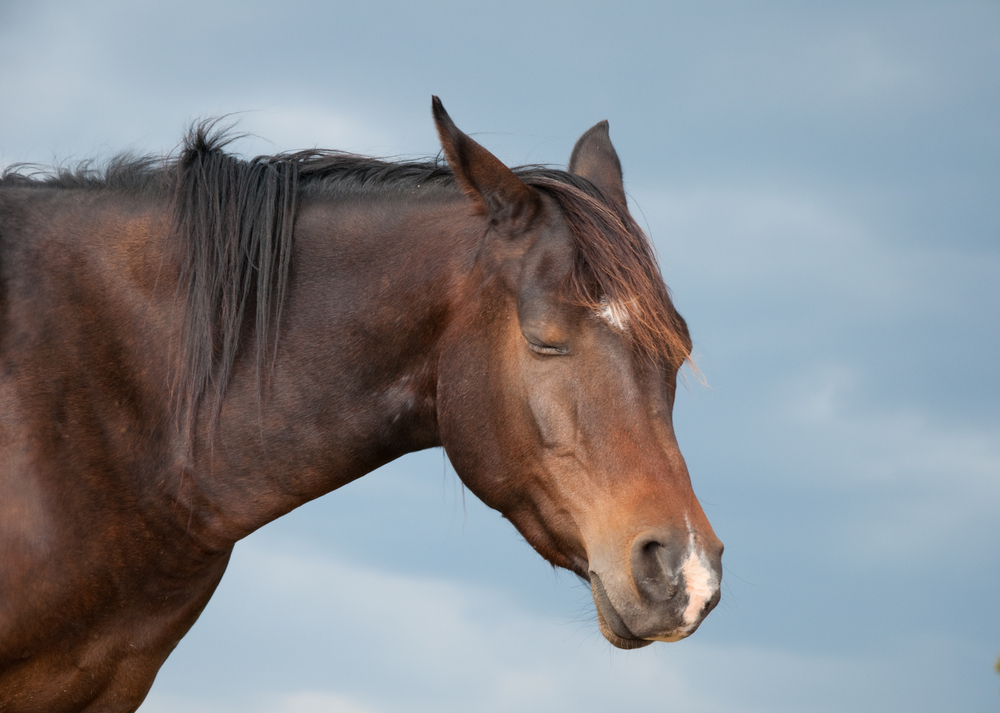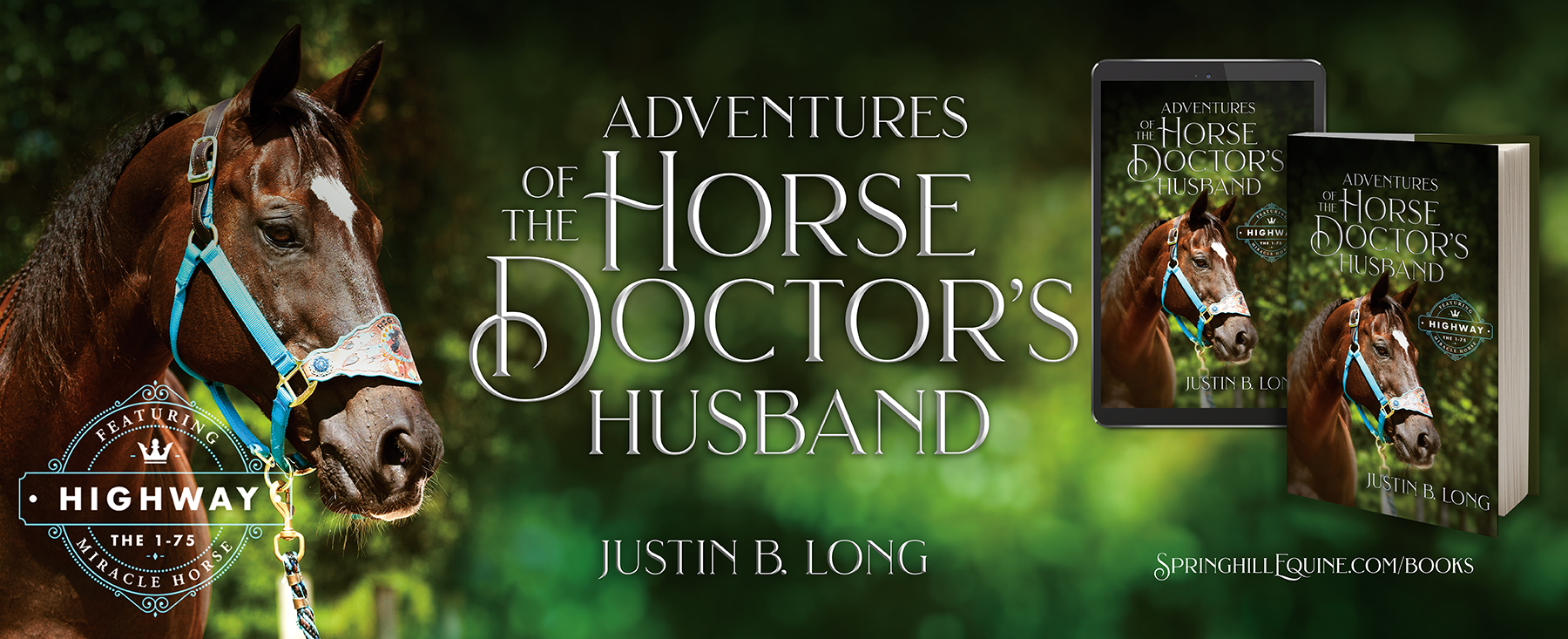Tuesdays with Tony
Let’s talk sleep and narcolepsy in horses. I’ve been accused of this, but to be 100% clear, I don’t suffer from narcolepsy. As a top line predator, I require up to 18 hours of sleep daily to keep my highly tuned body ready for the chase. Horses sleep much differently. I suppose you could call me a subject matter expert on sleep, so I feel uniquely qualified to talk on the topic this week.
They just stand around and sleep, right?
Horses sleep standing up. This statement is often made with all the confidence in the world, and yet it falls under the “colics should be walked” category. Only rated “sorta true” by science. Horses can nap while standing up. You know, that sleep you get when you’re on the couch with the TV on, and a whole lot of stuff going on around you? Yeah, your eyes are closed, and yeah you were “asleep”, but you would never call it really good cat-in-the-sunny-spot level of sleep. That’s what horses do when they sleep standing up. It’s more of a less-than-restful nap which lets you run from those panthers when they sneak up on you.
Slight side note: The mechanism that lets horses sleep standing is called the reciprocal apparatus. The front and hind legs each have a version. When the reciprocal apparatus is locked into place, the horse only needs a very tiny amount of muscle input to remain standing. This allows everything to relax. It’s kind of like when I sleep with my head on the keyboard, and my body against the monitor. I don’t have to use a lot of muscle strength this way, but I also can’t enter REM sleep this way.
REM is key
Pretty much everybody who sleeps has to enter REM state at some point. REM stands for Rapid Eye Movement, and it is characterized by not just eye movement, but also changes to brain activity. The more scientists learn about sleep, the more they learn about why REM sleep is important.
During REM sleep, our brain processes things we’ve learned during times of wakefulness. It files and categorizes them into the proper memory, emotional, and movement categories. This is why it’s really important to sleep well after you learn something new. Look at me; I’m full of knowledge, and I sleep all the time.
Anyway, the learning stuff has been known for years. Recently, scientists have also learned that REM sleep is when the brain does housekeeping. Dusting, vacuuming, and all the other brain-cleaning activities happen only right around and during REM sleep. You humans will usually enter this state 5-7 times per night if you’re sleeping well.
Horses MUST enter this state every three days to keep functioning at their best. Why is every three days important? Your horse has to lie down to enter REM sleep. This doesn’t happen during that sleep-standing-up phase.
No REM = Unhappy Horse
When your horse doesn’t experience REM sleep, the first thing you’ll notice will likely be the same as what you notice on people (or even yourself): they’re cranky, and generally unhappy with the world. The next thing, and this is the one my Docs get called about, is your horse falls asleep while standing up.
The crossties, while being groomed or girthed up, is the most common place this happens, but it can happen anywhere, even while being ridden. These horses hit that wall of sleepiness, and, boom, down they go. In humans, there is a medical syndrome called narcolepsy. This is a true medical condition, and involves the brain inappropriately triggering sleep. Except for a few cases of miniature horses with a genetic defect, this isn’t what horses are doing. They are actually sleep-deprived.
How to make your horse go to sleep
The first thing my Docs rule out is pain. Back, neck, or hip pain can make it hard for them to get up from laying down, especially in older horses. These horses don’t feel comfortable laying down. Remember, vicious panthers like myself could be lurking, and horses want to feel like they can run away at a moment’s notice. If they are worried about this, they won’t lay down in the first place until it is absolutely necessary.
A trial of a pain reliever like bute, or Banamine (after speaking with a veterinarian to get the right dosing) can help rule pain in or out as a cause. This one is generally pretty easy. After three or four days, you’ve got your happy horse back who doesn’t go crashing down on cross ties. You may even notice that this behavior has come on slowly, and you didn’t realize how much of a behavior change you were experiencing.

The next thing my Docs look at is social structure. Horses like to know they can sleep safely. Many of these horses have had a sudden change to their friends. Maybe a new horse moved into the barn, maybe you moved stalls around, maybe you moved pastures. In one case, the horse had recently been imported from Europe. We’re pretty sure he thought he had been kidnapped by aliens.
For these horses, you have to be committed to a whole lot of trial and error. If possible, go back to the set up that allowed your horse to sleep. If not, evaluate your horse’s personality. If they are a dominant type, ask yourself if the change has brought another dominant horse into position to challenge your horse. If your horse is submissive, the issue is more commonly that their dominant protector has moved. Submissive horses usually (but not always, because horses don’t like rules anymore than cats do) do best with a dominant horse close by to watch over them.
After pain and social structure, it becomes a game of trying to find what works. This can be a long, tedious, patience-testing project. Of course, that’s horses in a nutshell.
Sleep is a subject that is near and dear to my heart. I do a whole lot of it. If your horse seems to be getting cranky, or falling asleep while standing around, call my Docs. Let’s get them back to dreamland!
Until next week,
~Tony
Tuesdays with Tony is the official blog of Tony the Clinic Cat at Springhill Equine Veterinary Clinic in Newberry, Florida. If you liked this blog, please subscribe below, and share it with your friends on social media! For more information, please call us at (352) 472-1620, visit our website at SpringhillEquine.com, or follow us on Facebook!
[jetpack_subscription_form title="Subscribe to Whinny's Wisdoms"]

